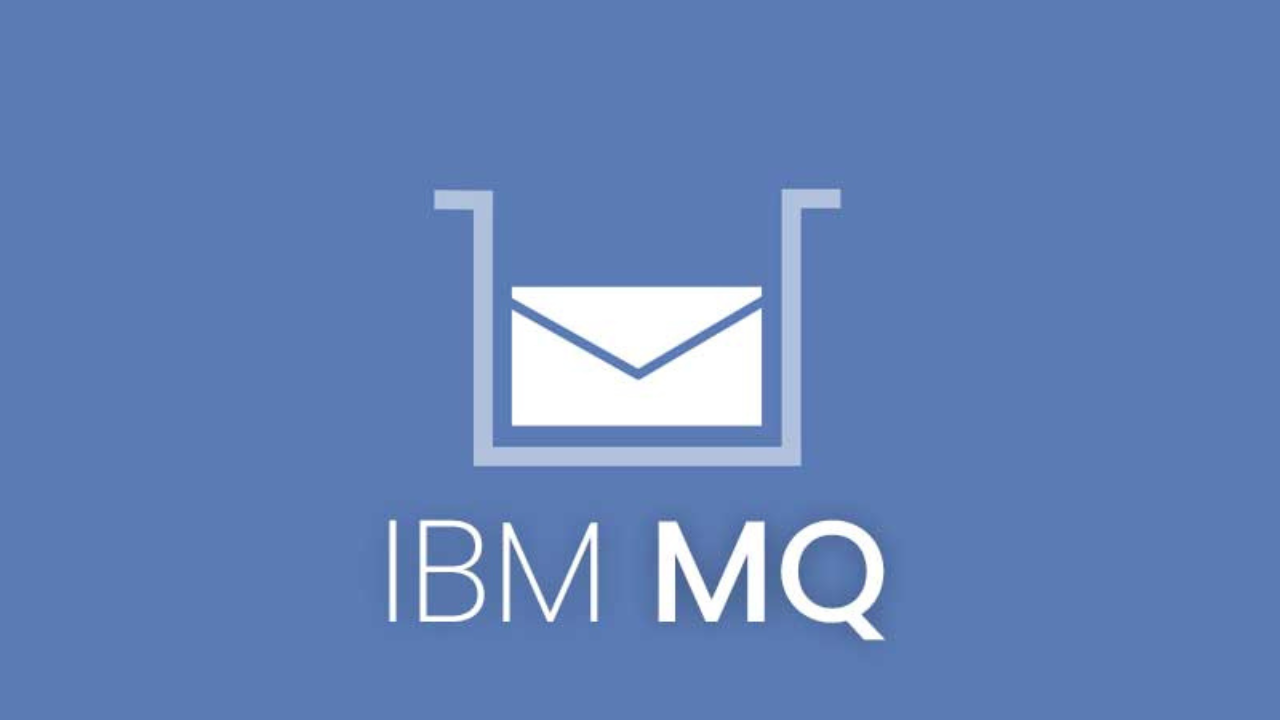IBM WebSphere MQ series – All Command
Here is the list of MQ command you can used to treat MQ series operation.
In order to list all Queue manager with there current status use command dspmq
Command to lists the MQ Series version
In order to view MQ Series version Type dspmqver
Command to create Queue Manager
Syntax : crtmqm <QueueManager Name> Example : crtmqm
Excercise1QM By using MQ explorer, once Queue Manager is created, a listener will be created automatically, but in case of command, you have to create listener explicitly (optional).
Command to create listener given below Syntax: DEF LISTENER(listener name)
Command to start, stop, & delete Queue Manager To start: Syntax : strmqm <QueueManager Name>
Example : strmqm Excercise1QM To stop: Syntax : endmqm <QueueManager Name>
Example : endmqm Excercise1QM To delete: Syntax : dltmqm <QueueManager Name> Example : dltmqm Excercise1QM RUNMQSC Command to create queue manager objects. Syntax : runmqsc <QueueManager Name> Example : runmqsc Excercise1QM Command to create local queue (MQSC command) Syntax : define qlocal or ql <(QueueName)> Example : define qlocal (Excercise1QL1) Command to put test messages onto a queue Syntax : amqsput <QueueName> <QueueManager Name> Example : amqsput Excercise1QL1 Excercise1QM Command to browse message onto a queue Syntax : amqsbcg or amqsgbr <QueueName> <QueueManager Name> Example : amqsbcg Excercise1QL1 Excercise1QM Command to delete/get message from a queue Syntax : amqsput <QueueName> <QueueManager Name> Example : amqsput Excercise1QL1 Excercise1QM MQSC Command to display & alter properties or list queue manager objects Display all queues of the queue manager DISPLAY or DIS Q(*) Display all local queues of the queue manager DIS QL(*) Command to create Alias Queue DEF QA (Queue Name) TARGQ(Queue Name), Example: DEF QA (Excercise1QA1) TARGETQ(Excercise1QL1) Command to display Alias Queue DIS QA( Excercise1QA1) DIS QA(*) : Will display all Alias queues of the queue manager Command to create Remote Queue DEF QR (Queue Name) Example : DEF QR (Excercise1QR1) Ó Command to display Remote queue DIS QR( Excercise1QR1) DIS QR(*) : Will display all Remote queues of the queue manager Command to create Model Queue DEF QM (Queue Name) Example : DEF QM (Excercise1QM1) Command to display Model Queue DIS QM( Excercise1QM1) DIS QM(*) : Will display properties of the all Model queue Display properties of the queue manager DIS QMGR DIS is the command to “display” the properties of the QueueManager like Trigger Interval, Max Handles, Max message length,TCP port etc. Delete queue DELETE QL(Queue Name) –> Throw an error if queue is not empty, so first clear the queue, then delete. CLEAR QL(Queue Name) Display properties of the system queue DIS QL(SYSTEM*) Display CURDEPTH & MAXDEPTH property of the queue DIS QL(Queue Name) CURDEPTH MAXDEPTH CURDEPTH stands for Current depth of the particular queue and MAXDEPTH stands for Maximum depth of the particular queue Working with Persistent queue ALT QL(Queue Name) DEFPSIST(YES) The above command is to Alter the localqueue along with Persistence DIS QL(Queue Name) DEFPSIST The above command is to Display the local queue along with Persistence Note : Put some messages using amqsput command and re-start queue manager Messages will be present Working with Dead Letter queue – To create normal local queue. – DEF QL(Excercise1DLQ1) DEFPSIST(YES) MAXDEPTH(1000000) MAXMSGL(41943040) – Assign DLQ to queue manager ALT QMGR DEADQ(Excercise1DLQ1) -To display DLQ DIS QMGR DEADQ Check out our Related Articles
